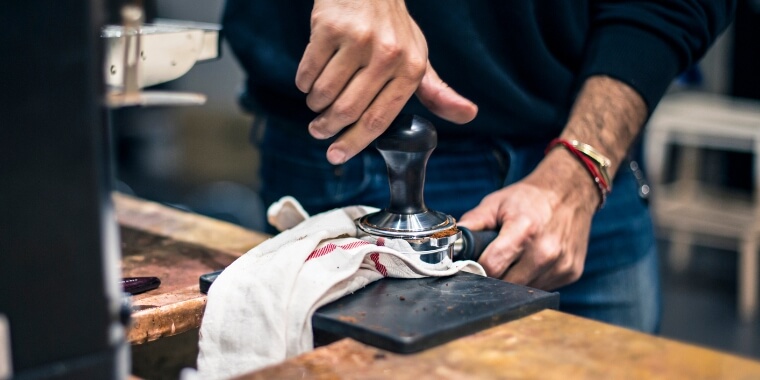In this article, I will give you a detailed guide on the differences between coffee and espresso beans.
While coffee beans and espresso beans may seem similar at first glance, understanding their differences is crucial for any coffee enthusiast or aspiring barista.
This article delves into the world of coffee and espresso, exploring the nuances between the beans used for each and shedding light on the importance of recognizing their distinctions.
By gaining a deeper understanding of coffee and espresso beans, you will be better equipped to make informed decisions when purchasing, brewing, and enjoying your favorite caffeinated beverages.
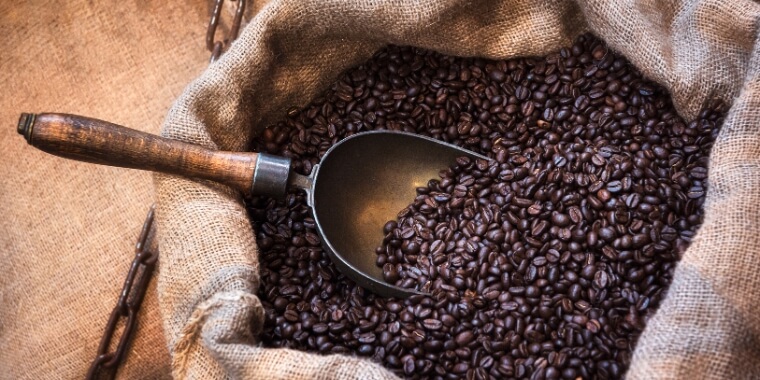
Coffee Beans vs Espresso Beans: 5 Main Differences
If you want to know what makes espresso beans different here’s a table that will give you a birds-eye view of the differences:
| Aspect | Coffee Beans | Espresso beans |
| Preparation | Roasted for a short amount of time; light, medium, or dark roast varieties | Traditionally roasted for a long time at high temperatures; often dark roasted |
| Grinding | Coarser grind; less suitable for skincare due to potential skin damage | Finely ground for maximum oil extraction during pressurized brewing; ideal for DIY coffee skincare |
| Natural Oils | Less oily sheen; may not produce crema during the brewing | Rich in oil with an oily sheen; produces crema during brewing due to the emulsification of natural oils |
| Usage | Suitable for various brewing techniques, except high-pressure ones | deal for making espresso, delivering uniformity, body, and flavor |
| Concentration | The medium or balanced concentration of bitterness | High concentration of bitterness, resulting in a thicker, stronger, and richer taste |
| Brewing Methods | French press, drip, percolator, etc. | Espresso machine or Aeropress; requires high pressure for proper extraction |
| Taste | Less bold and acidic; lighter coffee flavor | Bolder, less acidic, well-rounded, full-bodied; rich coffee flavor due to roasting and extraction |
1. Preparation
When it comes to preparing coffee and espresso beans, the roasting process is a significant factor in determining the final flavor profile.
Coffee beans for making ordinary coffee are roasted for a short amount of time and come in light, medium, or dark roast varieties.
On the other hand, espresso beans are traditionally roasted for a longer time at high temperatures. Andrea Illy in his book “Espresso Coffee: The Science of Quality” recommends roasting espresso beans between 9 and 12 minutes at a temperature of 428 °F (220 °C) [source]
This extended roasting process facilitates the extraction of oils in the beans, resulting in a bolder, richer, and more concentrated flavor.
2. Grinding
The grind size plays a vital role in the brewing process and the extraction of flavors.
Espresso beans are finely ground to allow for maximum oil extraction during the short period of pressurized brewing.
In contrast, coffee beans for regular coffee are coarser, which is more suitable for non-pressure brewing methods.
3. Natural Oils
The presence of natural oils in coffee beans contributes to their flavor and appearance.
Espresso beans are rich in oil and have an oily sheen, which is essential for producing crema during brewing.
The crema results from the emulsification of natural oils with other compounds in coffee.
Regular coffee beans, however, do not have the same shine as espresso beans and may not be as rich in natural oils.
Consequently, using regular coffee beans for making espresso might not yield the desired crema.
4. Usage
The choice of beans greatly influences the outcome of the brewing process.
Espresso beans are the best choice for making espresso, as they deliver the uniformity, body, and flavor expected in a shot of espresso.
In contrast, ordinary coffee beans are often roasted lighter, which helps retain the full flavor of the beans.
They are suitable for various brewing techniques but not for high-pressure ones like espresso.
Using regular coffee beans for espresso may result in a lack of the distinct bitter taste associated with the beverage.
5. Concentration
The concentration of bitterness in coffee beans affects the overall taste and intensity of the brewed coffee.
Coffee beans have a medium or balanced concentration of bitterness, while espresso beans typically have a high concentration.
This difference in concentration makes espresso taste thicker, stronger, and richer than regular coffee.
Read next: What Does Espresso Taste Like?
If you are in a hurry, here’s a brief summary:
The roasting process, grind size, natural oils, choice of beans, and concentration of bitterness all affect the final flavor profile of coffee and espresso.
Espresso beans are roasted longer and finely ground for maximum oil extraction, resulting in a bolder, richer, and more concentrated flavor with a distinct bitter taste and oily crema, while regular coffee beans are roasted lighter and coarser, suitable for non-pressure brewing methods.
What Does Espresso Blend Mean?
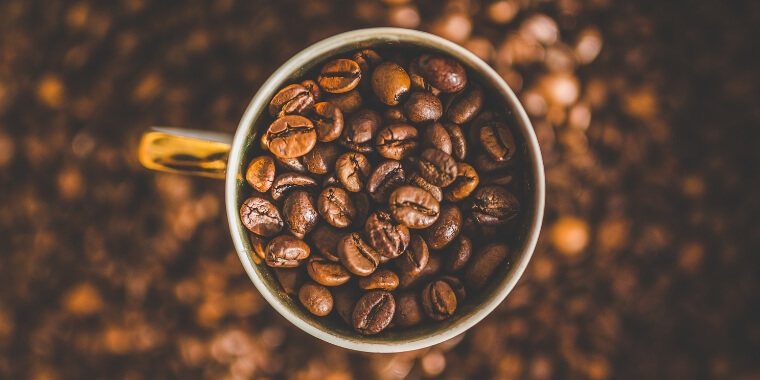
Espresso blends are specially crafted combinations of coffee beans from different origins, designed to achieve a balanced and harmonious flavor profile when brewed as espresso.
Blending beans for espresso is both an art and a science, with roasters carefully selecting beans that complement each other in terms of taste, acidity, body, and aroma.
Let’s dive deeper into the purpose of blending beans and explore some common espresso blends and their flavor profiles.
Purpose of Blending Beans
Blending beans for espresso serves several purposes:
Balanced flavor
By combining beans with different taste profiles, roasters aim to create a well-rounded and balanced flavor that showcases the best attributes of each bean. This balance ensures that no single characteristic overpowers the others, resulting in a more enjoyable espresso experience.
Consistency
Blending allows roasters to maintain a consistent flavor profile over time, despite variations in individual bean crops due to factors such as weather, soil, and processing methods.
Complexity
Combining beans with distinct attributes can result in a more complex and nuanced espresso, with a depth of flavor that might not be achievable using a single-origin bean.
Customization
Blending provides an opportunity for roasters to create unique and distinctive espresso blends that cater to a variety of taste preferences and brewing styles.
If you are in a hurry, here’s a brief summary:
Blending beans for espresso serves several purposes, including creating a well-rounded and balanced flavor that showcases the best attributes of each bean, maintaining a consistent flavor profile over time, achieving a more complex and nuanced espresso, and creating unique and distinctive espresso blends that cater to a variety of taste preferences and brewing styles.
Common Espresso Blends and Flavor Profiles
While there are countless espresso blends available, some common types include:
Mocha-Java
This classic blend combines Mocha beans from Yemen (or Ethiopia) with Java beans from Indonesia.
Mocha-Java is known for its bright acidity, fruity and wine-like notes from the Mocha beans, and the earthy, full-bodied characteristics of the Java beans.
Italian Espresso
A traditional Italian espresso blend often features a mix of Arabica and Robusta beans, with the latter providing a strong, bold, and slightly bitter flavor.
This blend typically has a dark roast, resulting in a rich and robust espresso with a thick crema.
Read next: How To Drink Espresso (7 Steps To Enjoy It Like An Italian)
House Blends
Many specialty coffee roasters create their own unique house blends, combining beans from various regions to achieve a specific flavor profile.
These blends might emphasize particular attributes, such as sweetness, acidity, or body, and can cater to a wide range of taste preferences.
If you are in a hurry, here’s a brief summary:
Common espresso blends include Mocha-Java with bright acidity and fruity notes, Italian espresso with a strong and bold flavor, and house blends created by specialty roasters for specific flavor profiles catering to a wide range of taste preferences.
What Is The Difference Between Dark Roast And Espresso?
Dark roast and espresso roast both refer to the degree of roasting coffee beans, but they are not necessarily interchangeable terms.
While both roasting levels involve roasting beans for an extended period at high temperatures, there are subtle differences in the roasting process and the resulting flavors.
Dark roast typically results in coffee beans with a dark brown color and an oily surface. The roasting process breaks down the beans’ natural sugars, leading to a bolder, richer flavor profile with lower acidity and a heavier body.
Espresso roast, on the other hand, is specifically tailored for making espresso and often goes beyond the dark roast stage to achieve an even darker, almost black color.
This further roasting process enhances the beans’ oil content and intensifies the flavors, which is essential for creating a strong, full-bodied espresso with a pronounced crema.
summary
If you are in a hurry, here’s a brief summary:
How is espresso roast different from the dark roast? While both dark roast and espresso roast involve longer roasting times, espresso roast is typically darker and more intense, making it ideal for the high-pressure brewing method of espresso.
What kind of beans do you use for espresso?
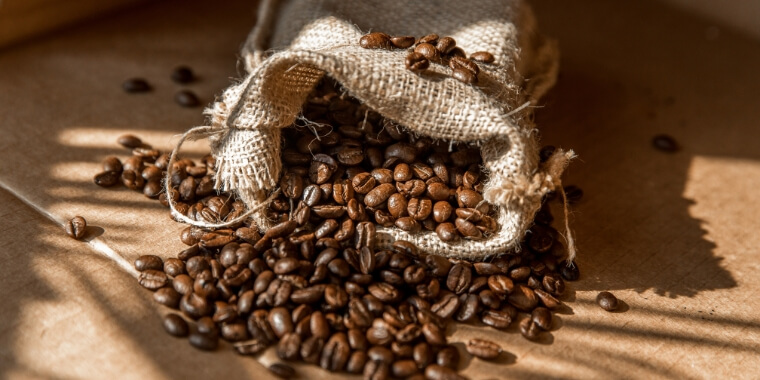
Both Arabica and Robusta beans can be used for espresso, with some blends featuring a mix of the two (usually there’s 10 to 30% of Robusta coffee to increase caffeine content levels and produce delicious crema).
Arabica beans are known for their nuanced flavors and subtle acidity, while Robusta beans offer a strong, bold, and slightly bitter taste.
The choice of beans depends on your personal taste preferences and the flavor profile you desire in your espresso.
Where Do Espresso Beans Come From?
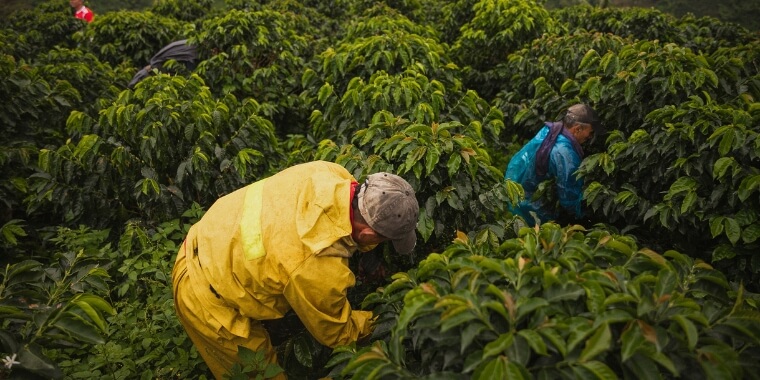
Espresso beans can come from various coffee-growing regions around the world.
The term “espresso beans” does not refer to a specific origin or type of coffee bean; instead, it refers to the way the beans are roasted and prepared for brewing espresso.
Coffee beans suitable for espresso can be sourced from numerous countries, including:
- Ethiopia: Known as the birthplace of coffee, Ethiopia produces coffee beans with complex flavors and bright acidity, often featuring fruity, floral, or wine-like notes.
- Colombia: Colombian coffee beans are well-known for their balanced taste, medium body, and mild acidity. They often have a subtle nutty or chocolatey flavor.
- Brazil: As the largest coffee producer globally, Brazilian coffee beans are diverse in flavor but typically have a heavier body, lower acidity, and nutty, chocolatey notes.
- Guatemala: Guatemalan coffee beans are known for their full body, bright acidity, and fruity or chocolatey flavors, depending on the growing region.
- Costa Rica: Costa Rican coffee beans are highly regarded for their balanced taste, medium body, and bright, citrusy acidity.
Be aware that these are just a few examples of the many coffee-producing countries worldwide.
Espresso beans can be a blend of beans from different origins or a single-origin bean roasted specifically for espresso.
If you are in a hurry, here’s a brief summary:
Espresso beans can be sourced from various coffee-growing regions worldwide, with no specific origin or type of bean.
They can be a blend of different origins or a single-origin bean roasted specifically for espresso. Examples of countries producing beans suitable for espresso include Ethiopia, Colombia, Brazil, Guatemala, and Costa Rica.
My Personal Preferences and Experiments
As a coffee enthusiast who loves 100% Arabica coffee and Italian espresso blends, I’ve already developed a clear understanding of my taste preferences.
However, I’ve learned that the world of coffee is vast and diverse, with a plethora of flavors and aromas to explore.
By embracing experimentation and stepping outside my comfort zone, I’ve made delightful discoveries.
Although I initially preferred the harmonious balance of Italian espresso blends, I also love trying single-origin beans.
These beans come from a specific region or even a single farm, showcasing the unique characteristics of their terroir. My journey led me to try single-origin beans from Ethiopia, Kenya, Colombia, and Guatemala, which introduced me to new flavor profiles, ranging from fruity and floral to earthy and chocolatey.
Each single-origin coffee I’ve tasted tells a story, reflecting its growing conditions, processing methods, and local traditions.
My Final Thoughts
In summary, understanding the differences between coffee beans and espresso beans is essential for any coffee enthusiast or aspiring barista.
Key differences include the roasting process, grind size, oil content, and brewing methods. Espresso beans are usually dark-roasted, finely ground, and rich in oils, resulting in a bold, concentrated, and full-bodied shot of espresso.
On the other hand, coffee beans are roasted to varying degrees and coarser in the grind, making them suitable for a range of brewing techniques.
I hope you found this article useful and if you have any questions feel free to leave them in the comments section

